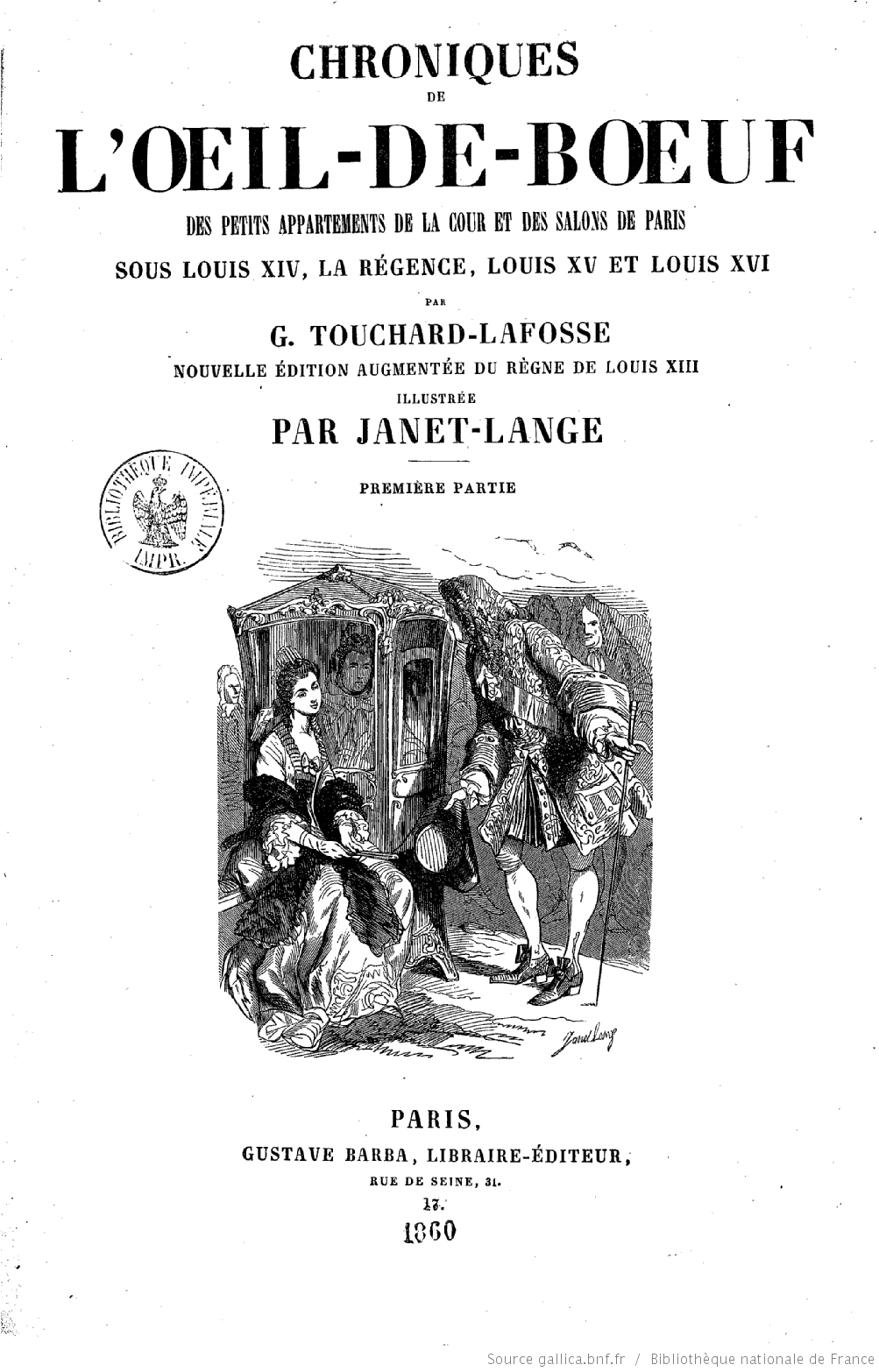 Oeil-de-boeuf is Touchard-Lafosse’s pseudonym used to sign off on his gossip reports about Louis XIV’s court and Parisian society Oeil-de-boeuf is a circular window, often indoors, above a doorway. As a metaphor, it suggests gossip that is sexually tinged or...
Oeil-de-boeuf is Touchard-Lafosse’s pseudonym used to sign off on his gossip reports about Louis XIV’s court and Parisian society Oeil-de-boeuf is a circular window, often indoors, above a doorway. As a metaphor, it suggests gossip that is sexually tinged or...
 Lima was a thriving major colonial town now grown into Chile’s capital and largest city with 10 million. Two centuries ago, an unidentified artist of the Lima School painted A Merry Company on the Banks of the Rímac, a happy picnic in which elegant aristocrats engaged...
Lima was a thriving major colonial town now grown into Chile’s capital and largest city with 10 million. Two centuries ago, an unidentified artist of the Lima School painted A Merry Company on the Banks of the Rímac, a happy picnic in which elegant aristocrats engaged...
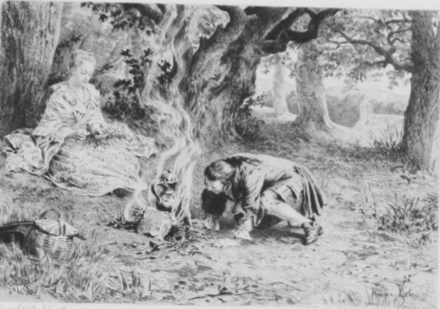 Les Rêvieries du Promeneur Solitaire or Reveries of a Solitary Walker was written in 1776-78, left unfinished, and published posthumously in 1782. It’s composed of ten “walks” or personal essays; the fourth includes the episode about dining in Madame...
Les Rêvieries du Promeneur Solitaire or Reveries of a Solitary Walker was written in 1776-78, left unfinished, and published posthumously in 1782. It’s composed of ten “walks” or personal essays; the fourth includes the episode about dining in Madame...
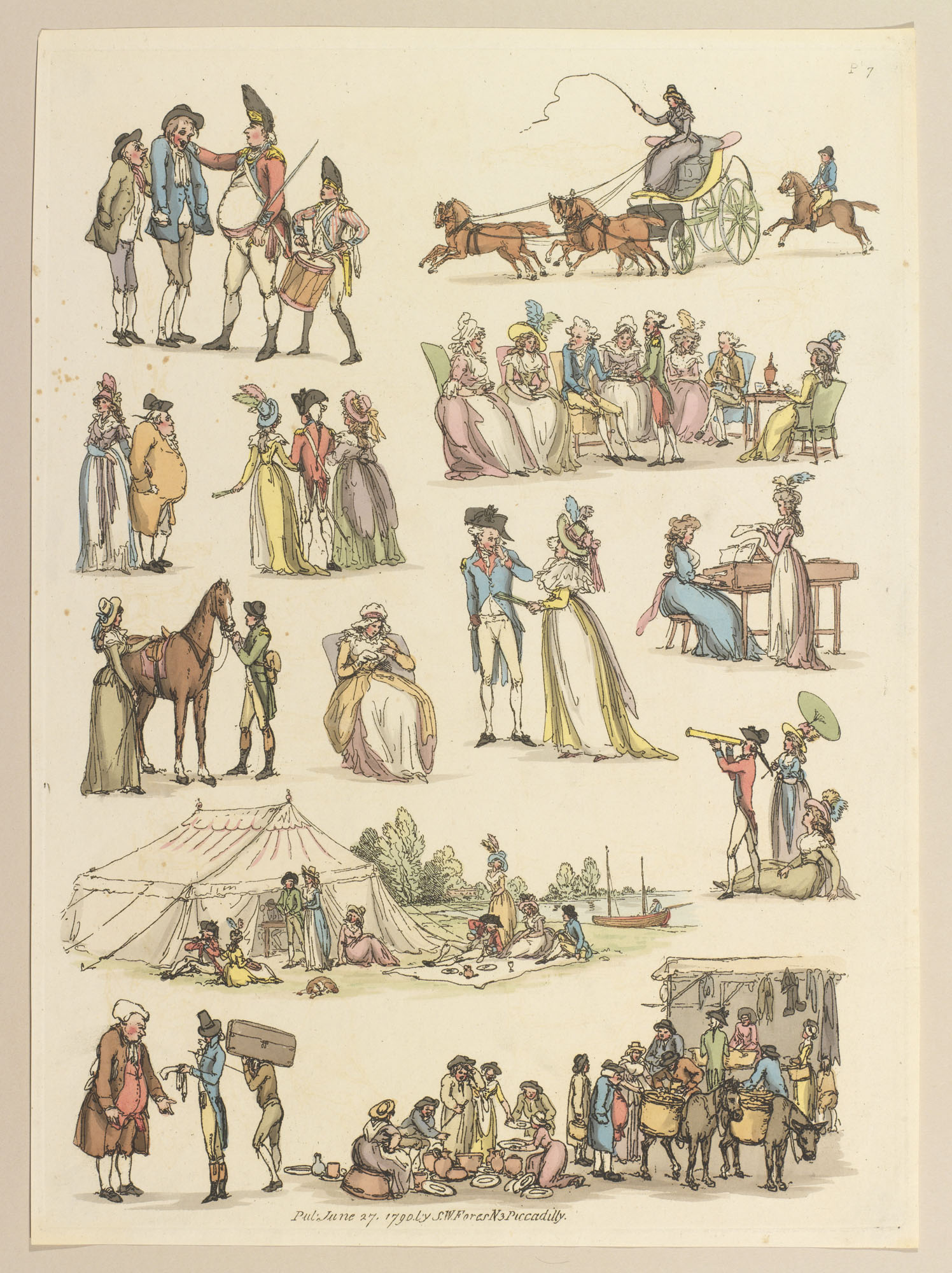 Rowlandson’s 1790 catalog of everyday life among the Brits includes a picnic scene. People looking at it would recognize an alfresco luncheon, but they would not have a name for it. What we call a picnic was unknown in English. Even if Brits knew the French word...
Rowlandson’s 1790 catalog of everyday life among the Brits includes a picnic scene. People looking at it would recognize an alfresco luncheon, but they would not have a name for it. What we call a picnic was unknown in English. Even if Brits knew the French word...
 Lima was a thriving major colonial town now grown into Chile’s capital and largest city with a population of 10 million. Two centuries ago, an unidentified artist of the Lima School painted A Merry Company on the Banks of the Rímac, a happy picnic in which elegant...
Lima was a thriving major colonial town now grown into Chile’s capital and largest city with a population of 10 million. Two centuries ago, an unidentified artist of the Lima School painted A Merry Company on the Banks of the Rímac, a happy picnic in which elegant...
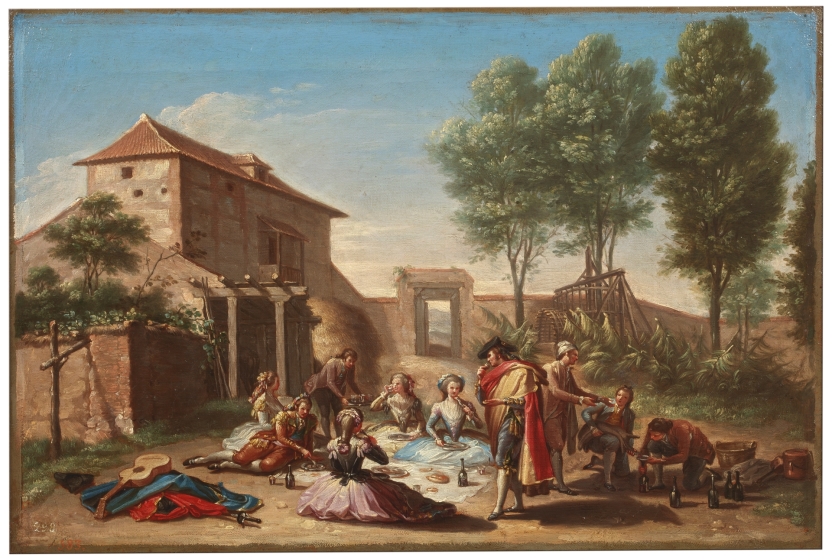 Bayeu’s Picnic in the Country [aka Merienda en el Campo] is a study of a proposed tapestry destined for the royal palaces of the Spanish monarchy now exhibited in the Prado’s Salon de Consejos. The picnickers have gathered around awhile cloth set on the...
Bayeu’s Picnic in the Country [aka Merienda en el Campo] is a study of a proposed tapestry destined for the royal palaces of the Spanish monarchy now exhibited in the Prado’s Salon de Consejos. The picnickers have gathered around awhile cloth set on the...
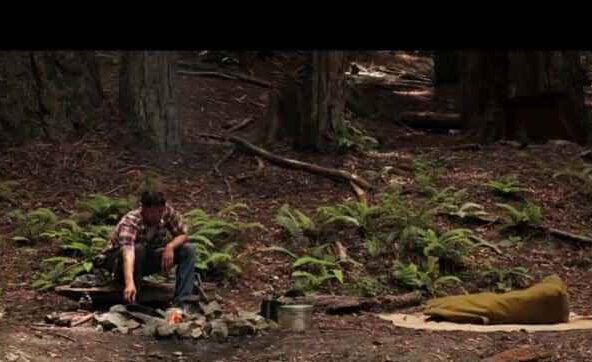 It resembles a picnic; it’s recreational, but it’s lunch on a trout-fishing excursion on Michigan’s Upper Peninsula. In Ernest Hemingway’s story “Big Two-Hearted River, Part Two,” Nick Adams breaks to have a sandwich. Nick is...
It resembles a picnic; it’s recreational, but it’s lunch on a trout-fishing excursion on Michigan’s Upper Peninsula. In Ernest Hemingway’s story “Big Two-Hearted River, Part Two,” Nick Adams breaks to have a sandwich. Nick is...
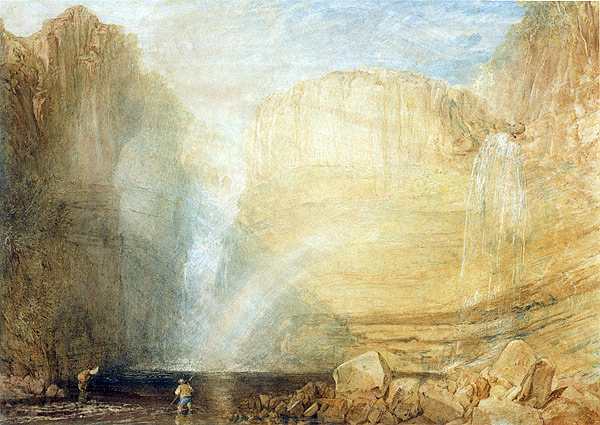 Among his many adventures traipsing about England, John Byng was proud of picnicking on the far side of High Force though the experience left him miserably wet. After spending an uncomfortable night in an inn, Byng hired a guide and, stuffing his pockets with eatable,...
Among his many adventures traipsing about England, John Byng was proud of picnicking on the far side of High Force though the experience left him miserably wet. After spending an uncomfortable night in an inn, Byng hired a guide and, stuffing his pockets with eatable,...
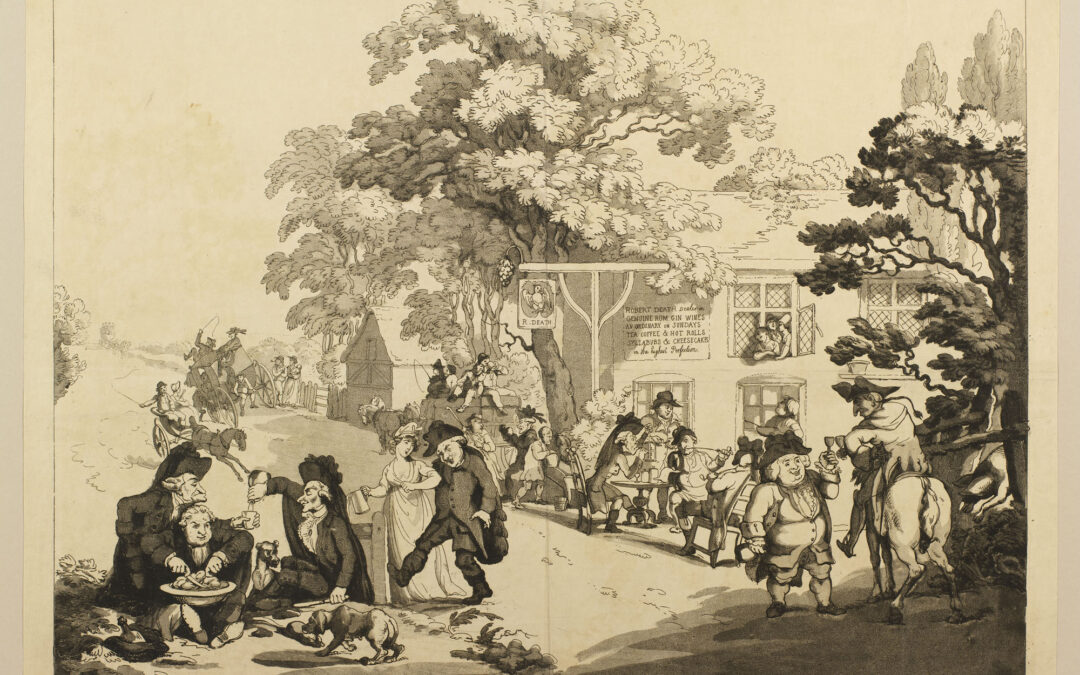 Rowlandson’s Undertakers Regaling is a jibe at Robert Blair’s pious and maudlin “The Grave.”* Rowlandson does not mention Blair, but his audience would have recognized the allusion to his well-known and well-anthologized poem. Appended to...
Rowlandson’s Undertakers Regaling is a jibe at Robert Blair’s pious and maudlin “The Grave.”* Rowlandson does not mention Blair, but his audience would have recognized the allusion to his well-known and well-anthologized poem. Appended to...
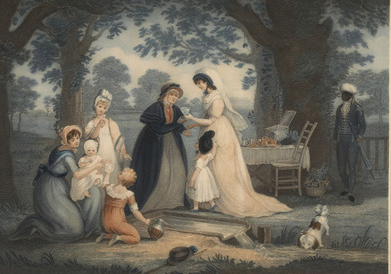 Spilsbury does not use picnic (if she even knew the word) to describe the luncheon because it was not yet in everyday use. However, The Drinking Well in Hyde Park (1802) reminds us that the park has long been a popular gathering place for socializing and leisure....
Spilsbury does not use picnic (if she even knew the word) to describe the luncheon because it was not yet in everyday use. However, The Drinking Well in Hyde Park (1802) reminds us that the park has long been a popular gathering place for socializing and leisure....











